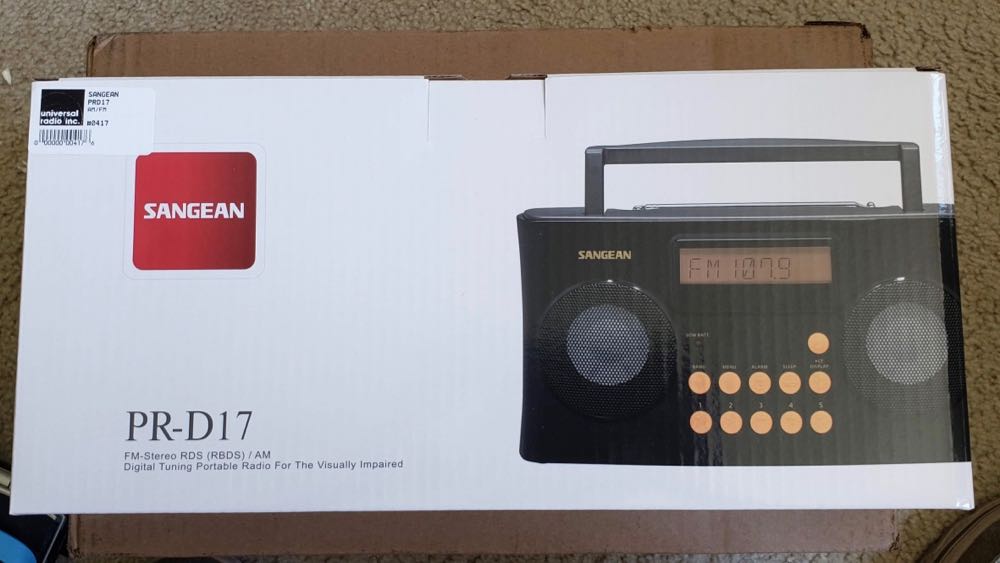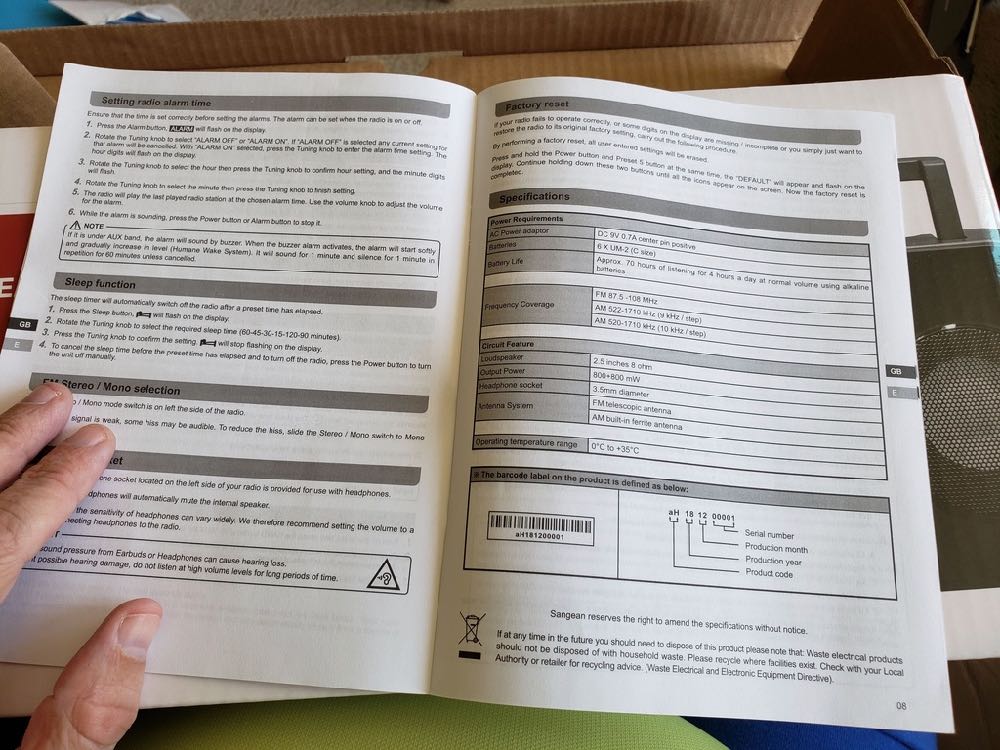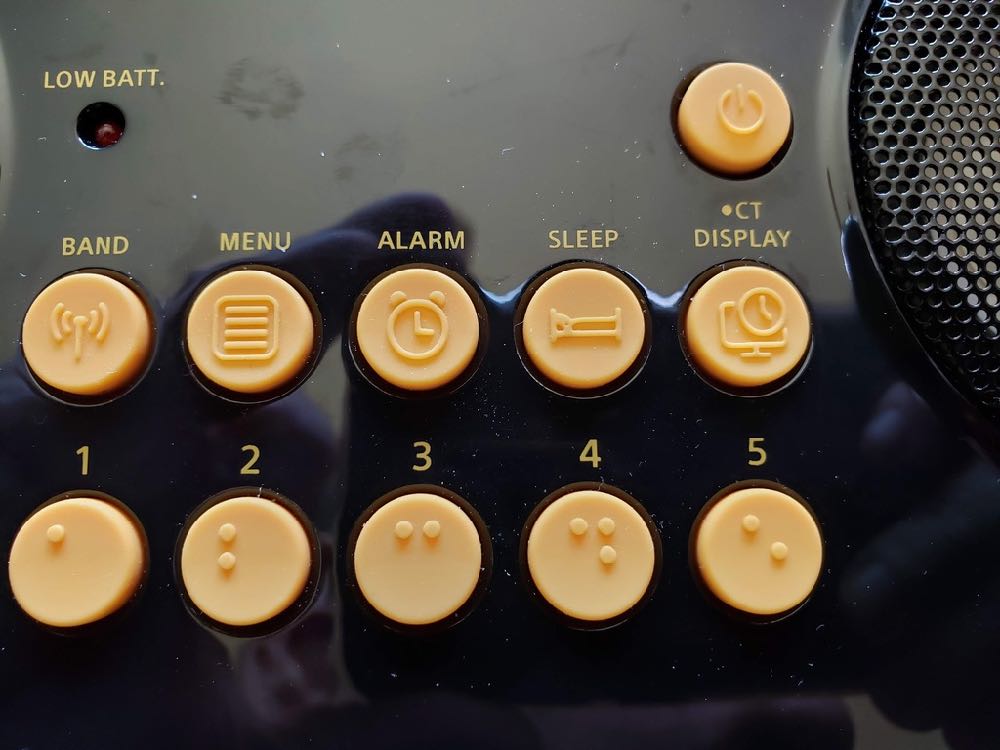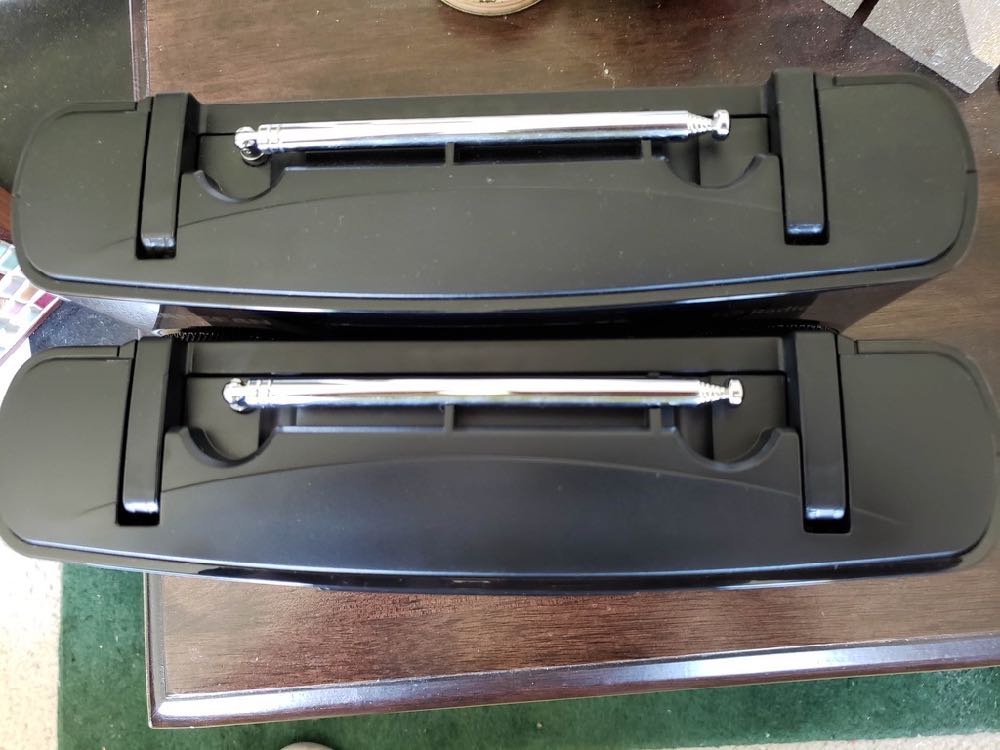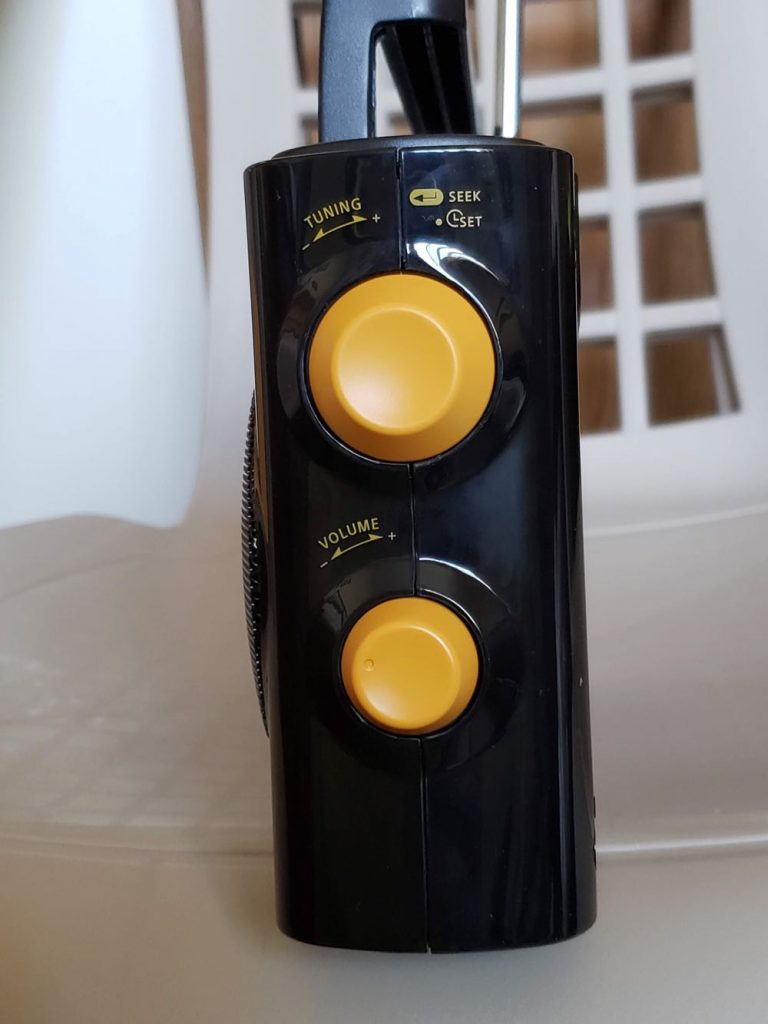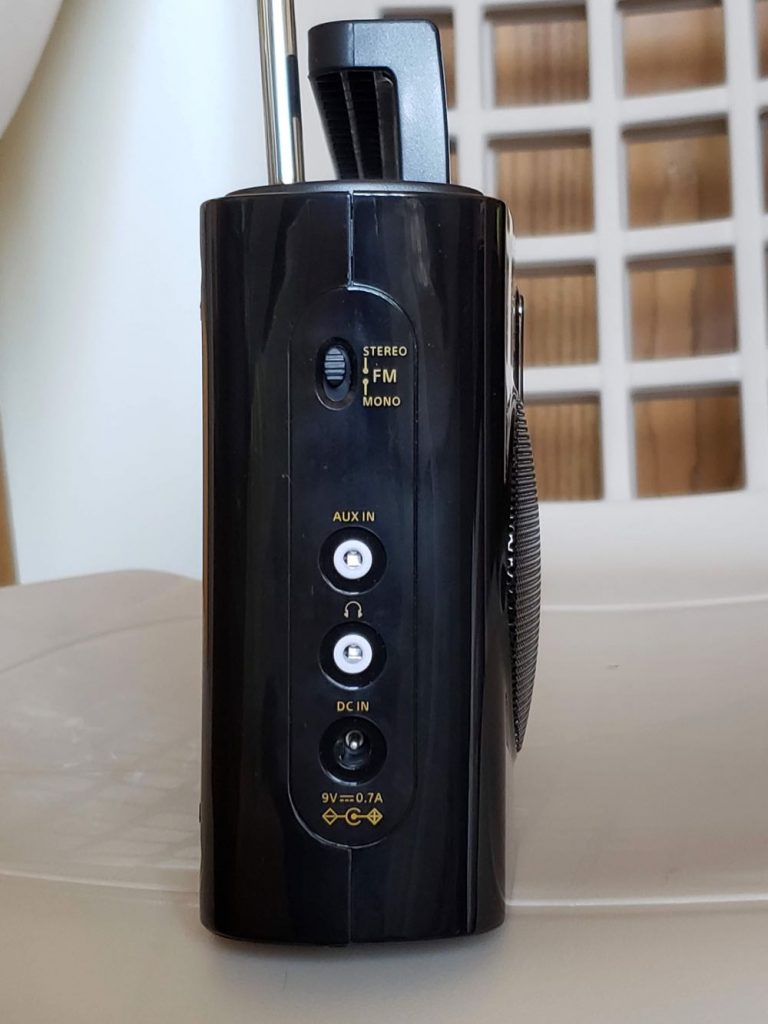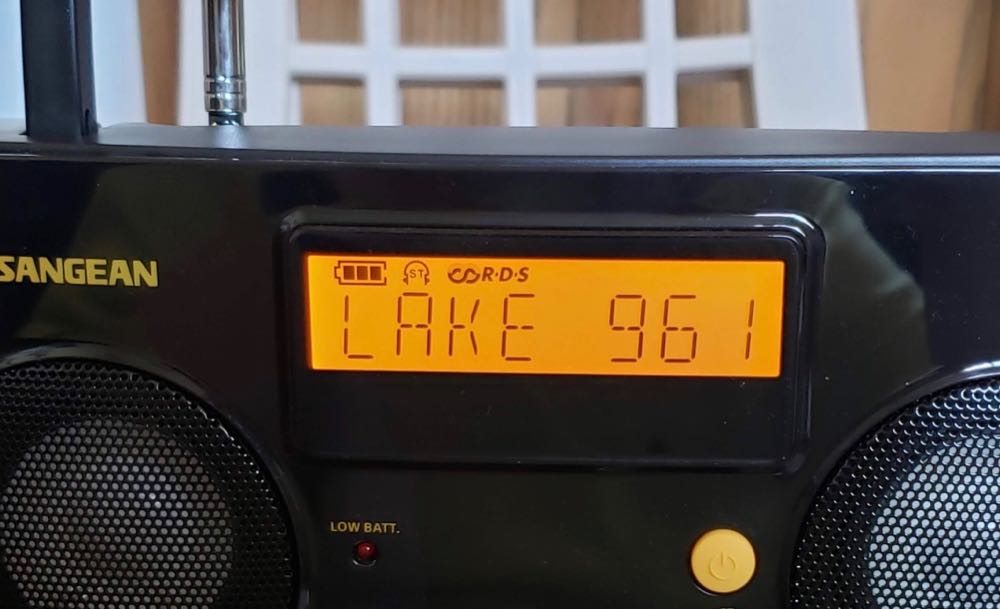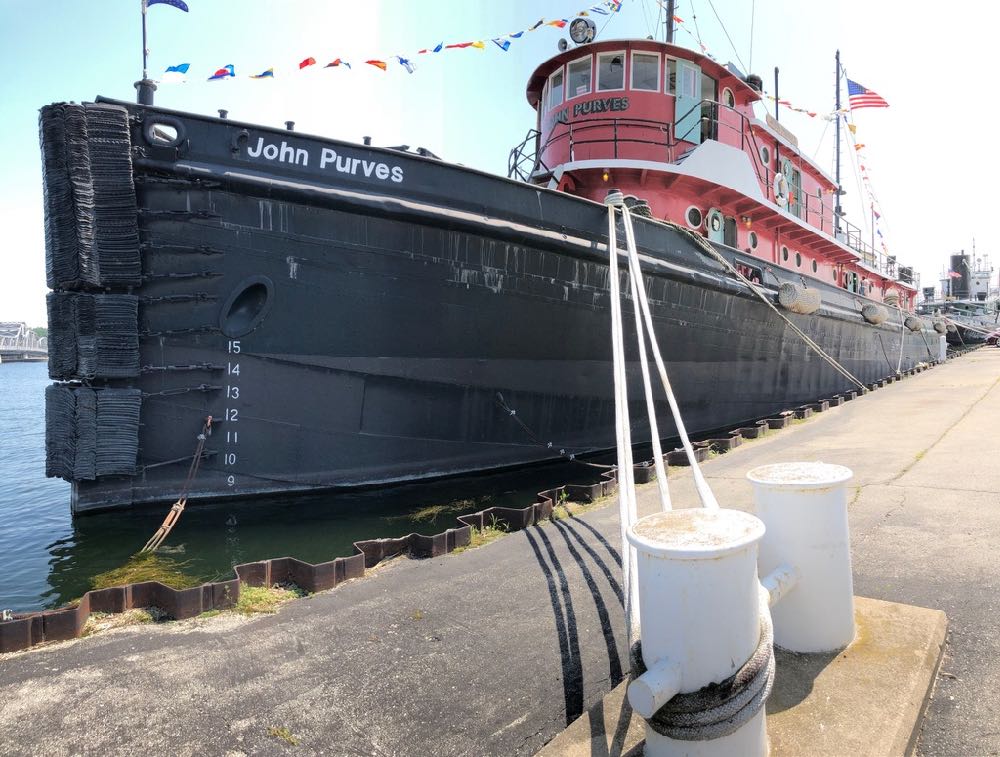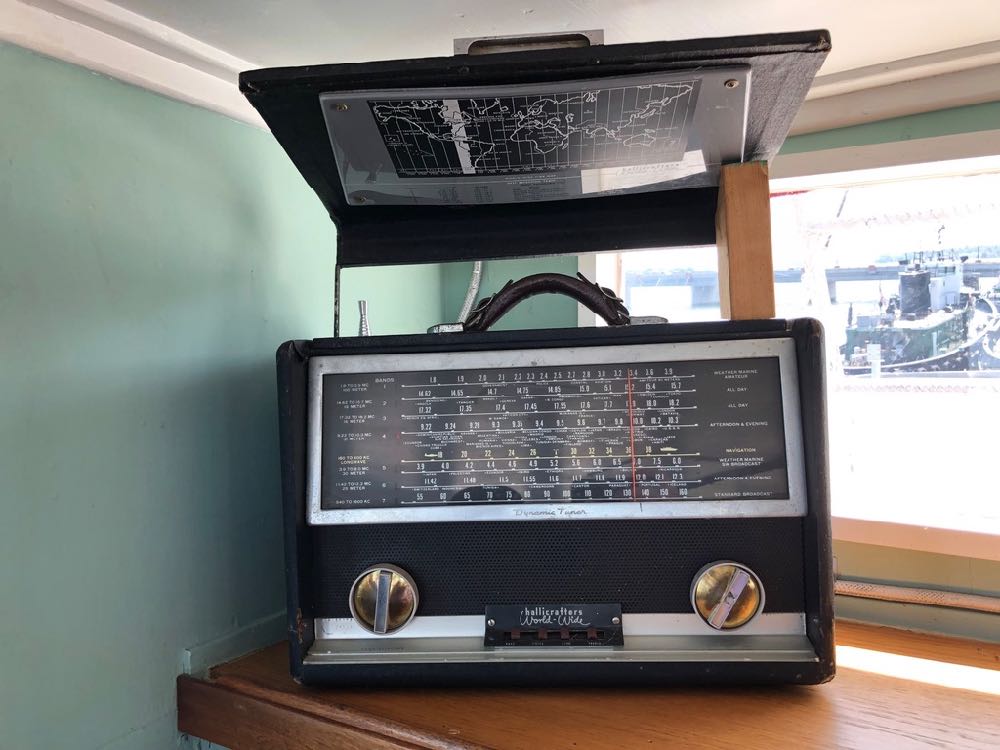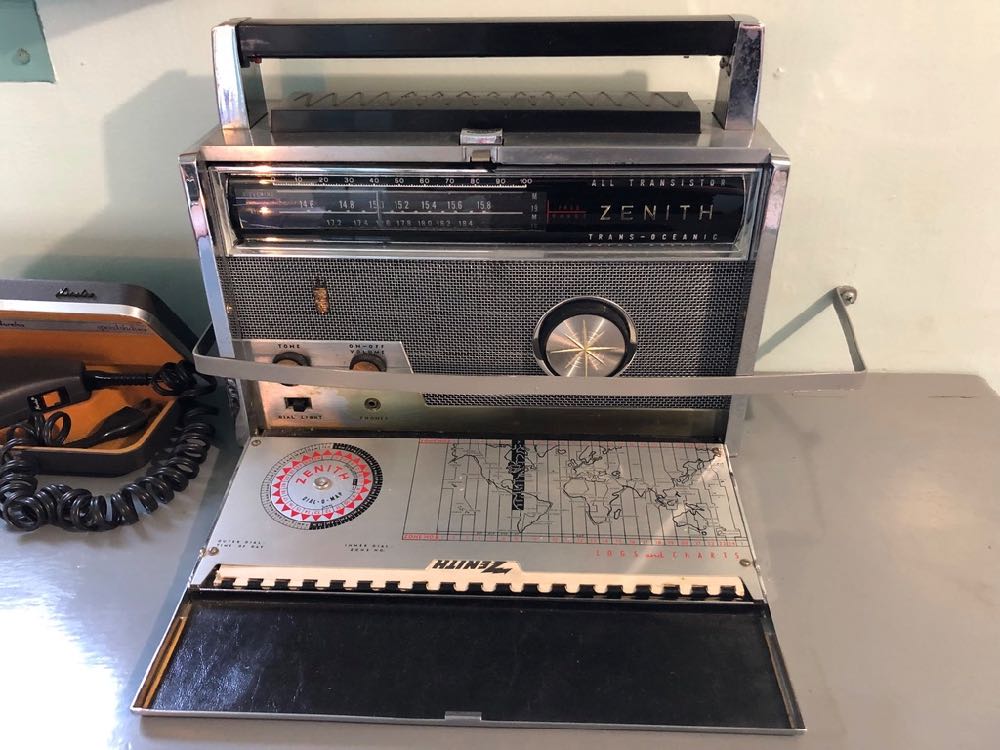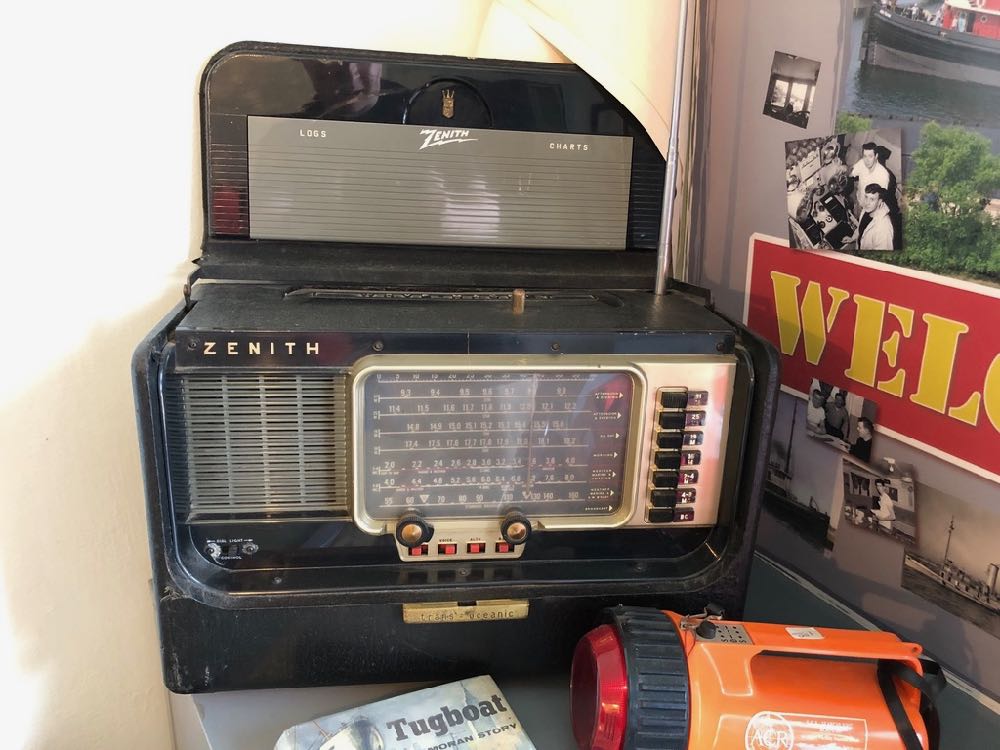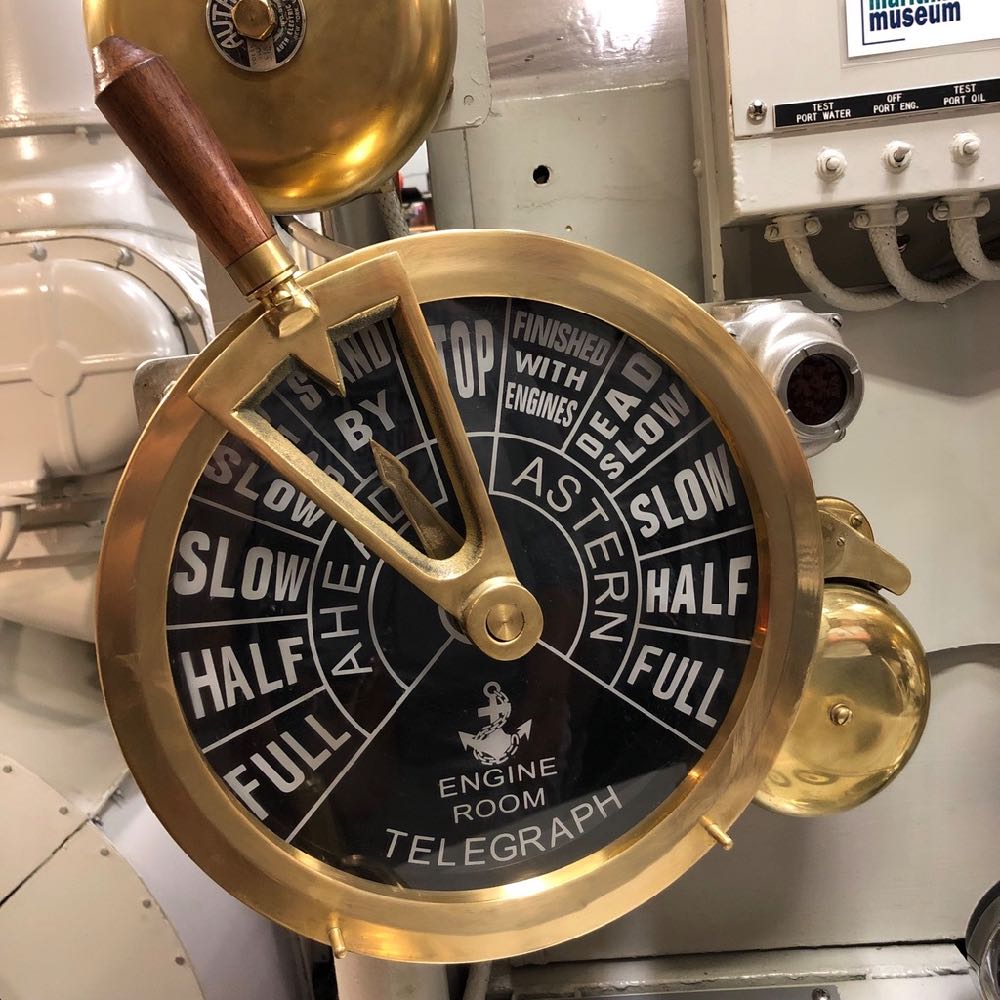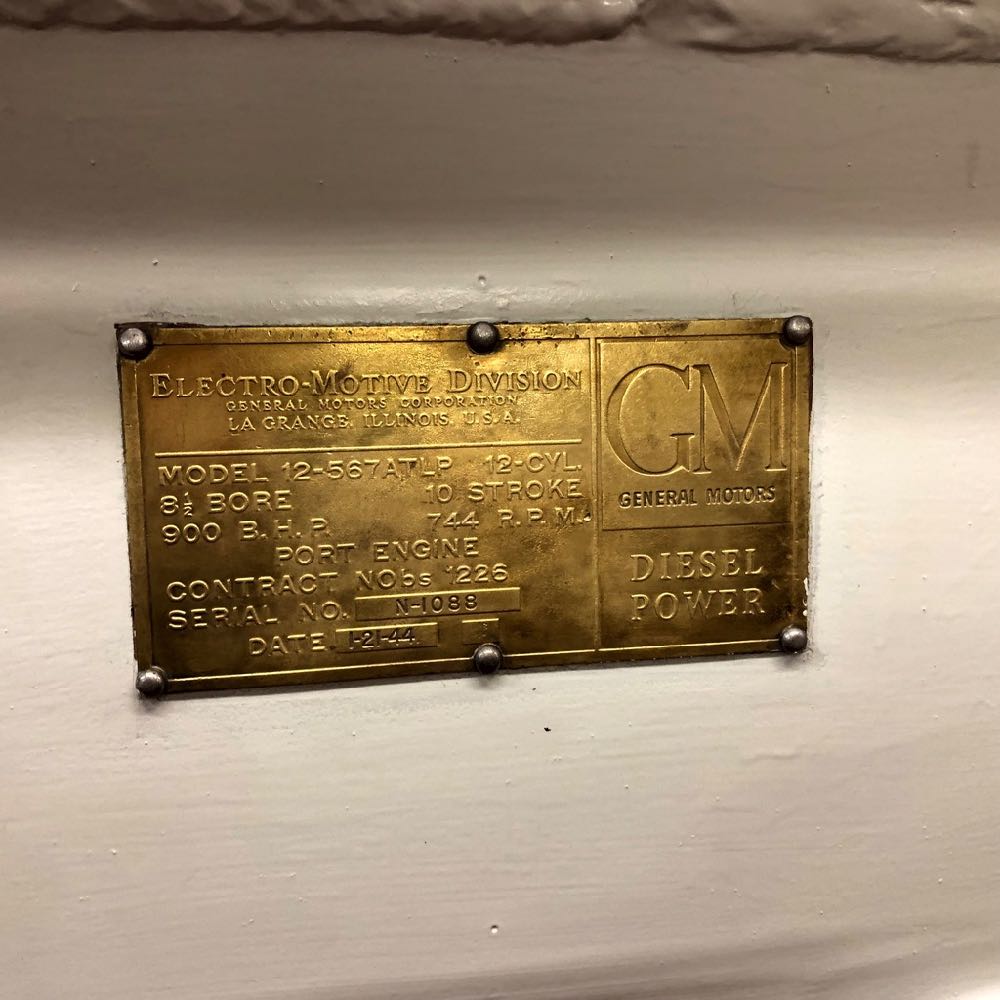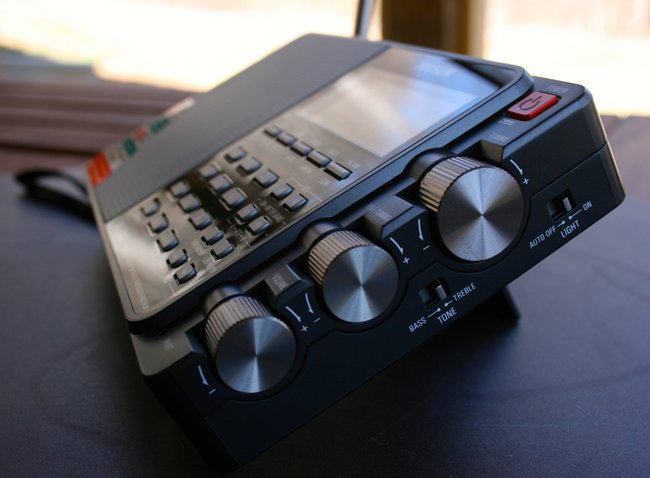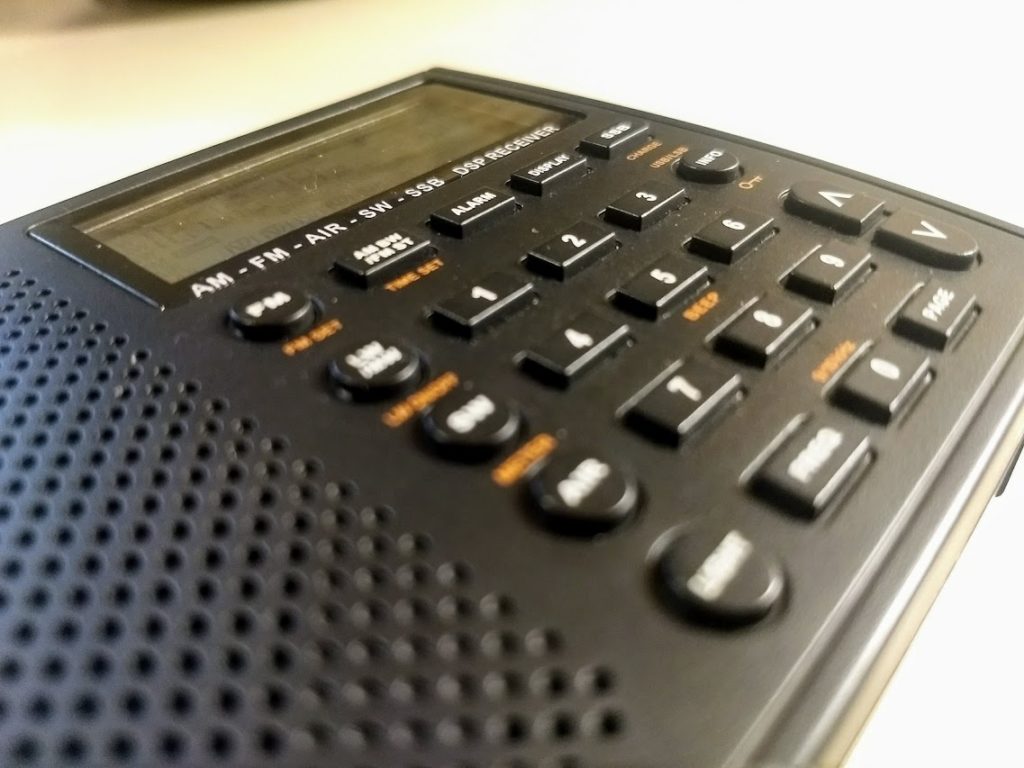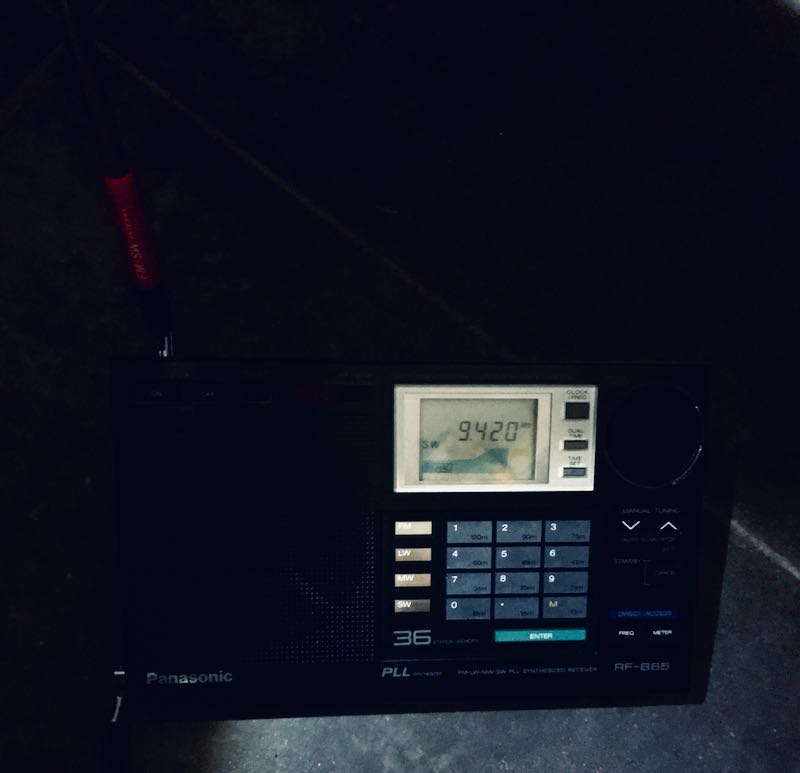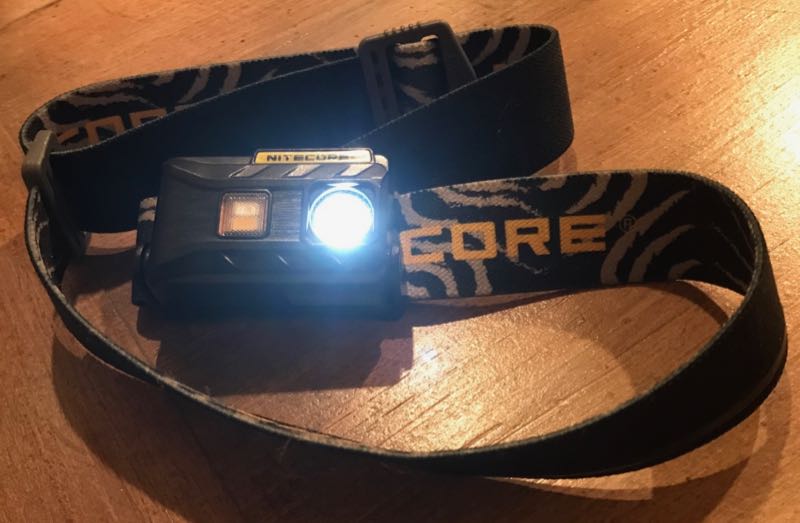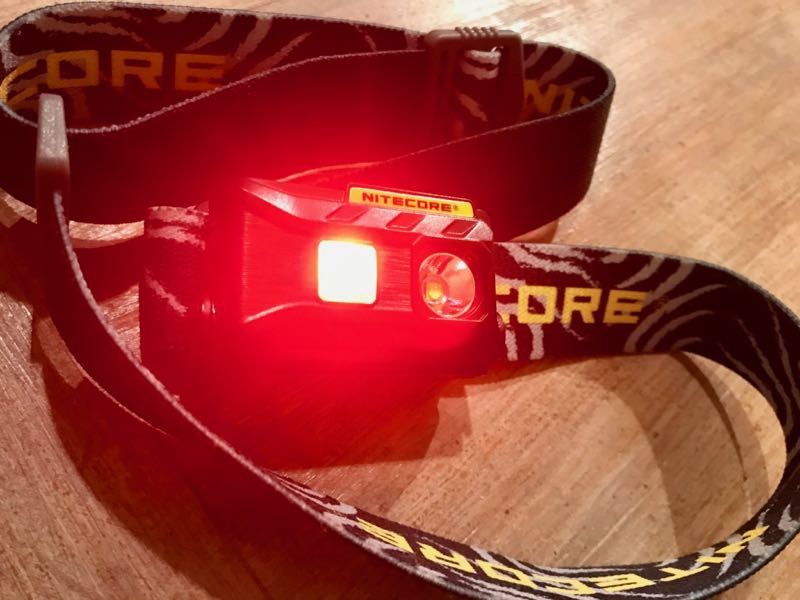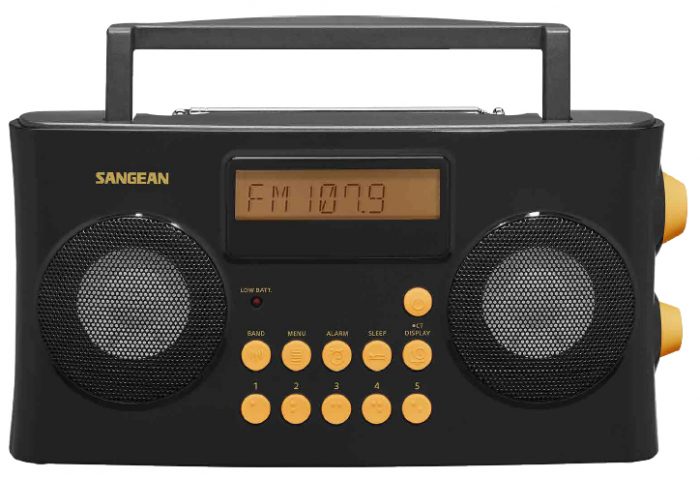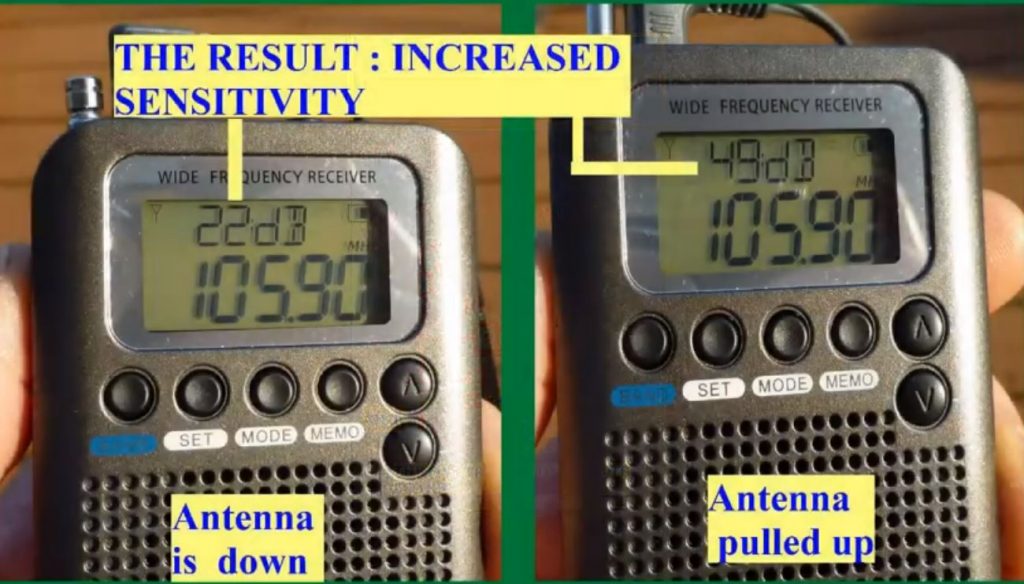Many thanks to SWLing Post contributor and producer, Peter Atkinson, who shares the following review of the new Sangean PR-D17 AM/FM radio:
Sangean PR-D17 review
by Peter Atkinson
I’ve been visually impaired all my life and a radio enthusiast for over 40 years. I was intrigued when I learned that Sangean was offering a radio for the visually impaired. I purchased one, and wanted to share my thoughts about the Sangean PR-D17 from the perspective of a visually impaired listener.
For those readers who are mainly interested in the performance of this radio, please stay tuned, while I talk a moment about the features geared to the visually impaired.
First of all: the manual, [see photo above] while it is comprehensive (as most from Sangean are), it is odd that it’s printed in the smallest type I’ve seen from this manufacturer.
The yellow controls on a black radio are easily seen. I like that the preset buttons on the bottom row of the front panel, are in Braille. The raised symbols, however, on the upper row, may be too complicated to be easily discerned by touch alone. The yellow-on-black motif, is reminiscent of my Sangean HDR-16.
When the 6 C batteries are first inserted, or AC power is connected, the radio announces that it has entered the setup menu. The voice prompt menus (whose volume can be adjusted independently of the radios’ main volume but cannot be disabled) make setting up this radio somewhat straightforward. The setup might have been easier, if the clock setting function was available as part of the menu system. The voice prompts are surprisingly comprehensive. The voice not only speaks the frequency, time & menu options, but will also tell you when something is connected to (or disconnected from) the AC input, headphone or AUX-IN jacks.
When the radio is turned on, it announces that the radio is on, the battery level & the frequency to which it is tuned.
When tuning, the voice gives the frequency at each change. It’s especially helpful when using the seek function, knowing where the next station was found.
Click here to download audio clip of tuning voice prompt.
When storing a station into a preset, the voice says exactly what frequency has been stored & at which present position.
Click here to download audio clip of tuning voice prompt.
The same information is given when recalling a preset. One quirk of the voice prompt, is that when announcing the time, it speaks full numbers (e.g. “twelve thirty-seven’), but when giving the frequency, each digit is spoken (e.g. “one two three zero” or “nine six point one”).
Click here to download audio clip of time voice prompt.
Finally: Tuning time.
This radio is the same cabinet as the HDR-16. Aside from the voice prompts, it operates similar to the PR-D5. Therefore, I’m comparing its performance to that model. Like the PR-D5, the AM tuning steps can be set for 9 or 10KHz, but the FM tuning steps are fixed at 100KHz (0.1MHz).
There are 5 presets per band. The display also shows RDS information for any FM station that transmits RDS. The clock can be set from the RDS signal, as well. I’ve found several stations, in my area, that are sending the wrong time.
Audio
The sound from the twin 2-1/2” speakers is very balanced. The bass is substantial, but not overpowering. The highs are good for definition, without being too brassy. There are no provisions for customization, though.
There is a 3.5mm AUX-IN jack for connecting an external sound source, such as an MP3 player or smartphone.
AM
While the AM sound is a bit muffled for my taste (the bandwidth cannot be changed) it makes for excellent selectivity. There was no hint of my nearby 50KW 620, on 610 or 630. Like many Sangean radios, the noise floor is very quiet. The long 200mm internal ferrite bar antenna does a superb job at snagging those weak stations. I was able to get a noisy, but readable signal on a 50KW station on 700, at 350 miles, during the day. That one is my benchmark for a great DX machine. The top end of the band is no slouch, either. Another benchmark station (10KW 1690 at 75 miles) came in loud and clear. The long ferrite antenna also helps to better null unwanted signals. This is a greater benefit for nighttime DXing.
FM
The PR-D17’s performance on FM is stellar. It has shown to be very sensitive, pulling in stations as well as my PR-D5 & PR-D9W. I easily hear FMs at 60 miles. The selectivity is also amazing. I can listen to stations on 95.9 & 96.3, with a 6KW station on 96.1 less than 10 blocks from my window. Even though the PR-D17 pulls in those weak stations with ease, it requires a stronger signal to receive stereo.
The RDS is quick to display station information. It starts off by showing the 8-character PS information of the RDS signal, then switches to the scrolling display of the RT segment.
Summary
Overall, I am very happy with the Sangean PR-D17. It is a superior radio, now with the added benefit of voice prompts. Hopefully, this will alleviate some of the annoyances visually impaired listeners may have with operating a digitally-tuned radio.
Thank you so much for sharing your review, Peter and thank you for being an SWLing Post producer!
It looks like the Sangean PR-D17 is an excellent choice for those radio listeners who would appreciate voice prompts, high contrast controls and tactile keys. I’m also happy to hear you rate AM selectivity as excellent. When radios only have one chosen bandwidth, I’d rather give priority to selectivity than audio fidelity for the purposes of nighttime AM DXing.


